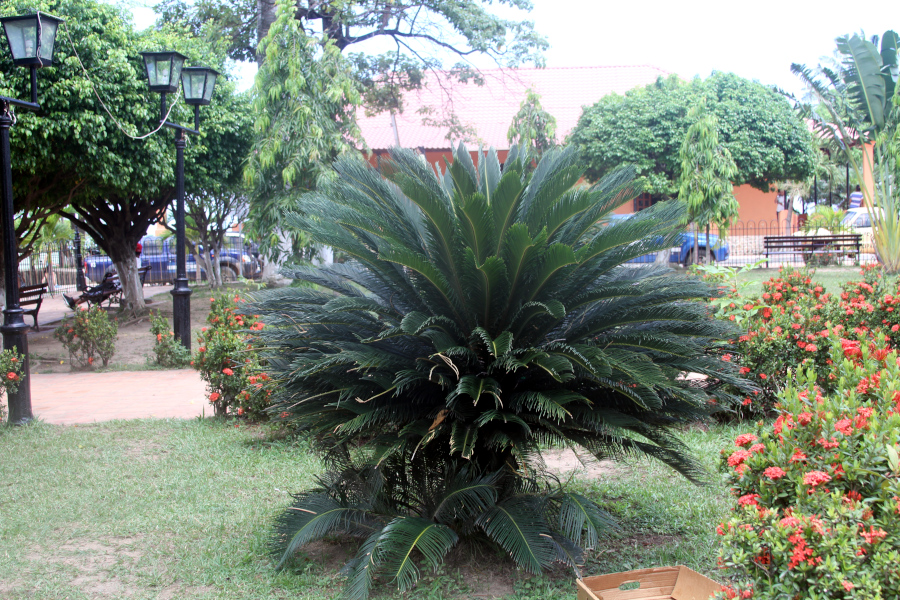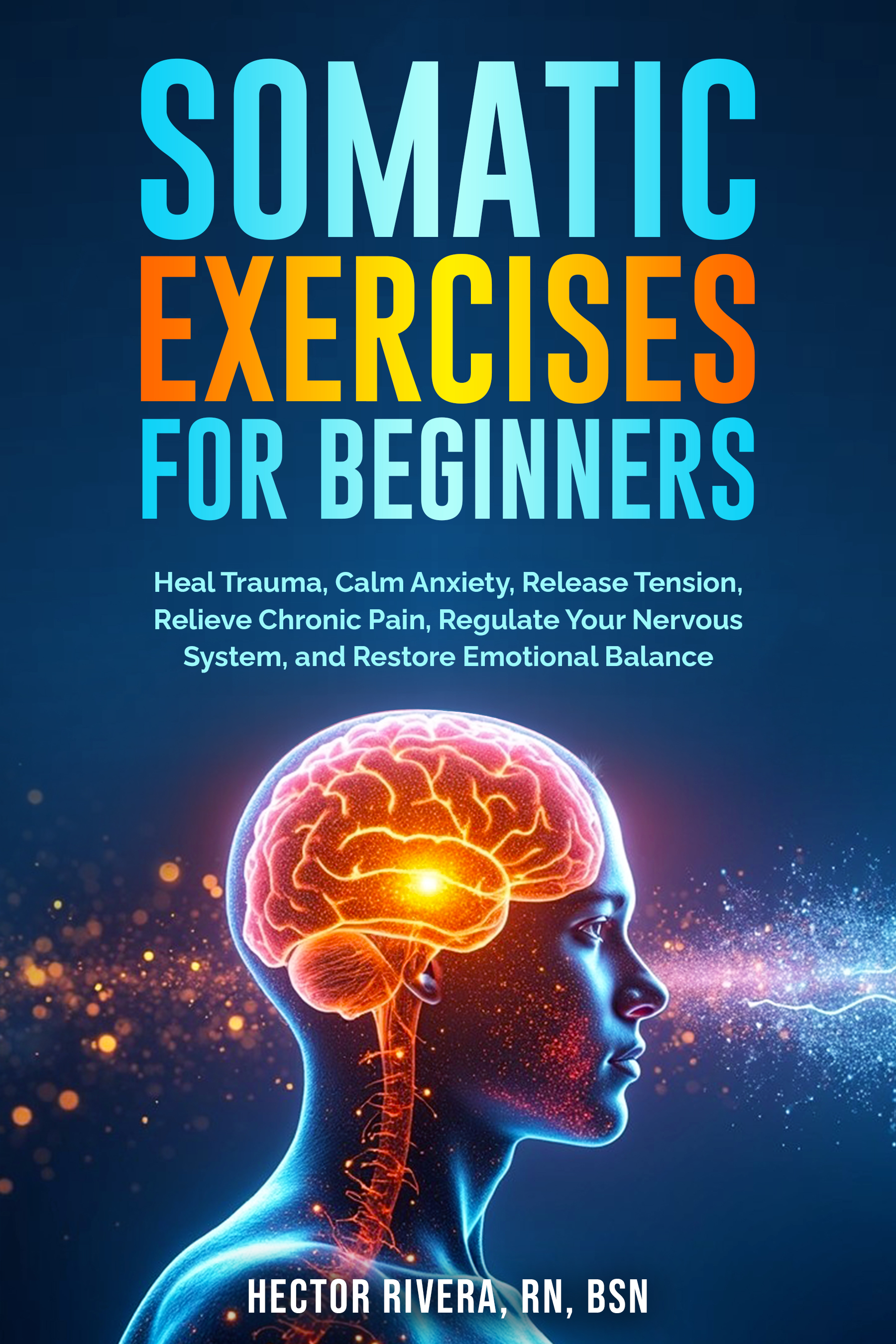Somatic Grounding Exercises

Somatic Grounding Exercises to Release Tension and Build Steadiness
Somatic Grounding Exercises offer a practical way to reconnect with your body when stress, worry, or disconnection occur. Instead of pushing harder or forcing yourself to “snap out of it,” these practices guide you back to your senses. By noticing small shifts in breath, posture, and movement, you create space for calm and stability in everyday life.
Why Grounding Matters
When you feel anxious, your body often reacts before your mind catches up. Your heart races, your shoulders tighten, and your thoughts spin faster. Grounding gives you a chance to pause and feel the ground under your feet, the support of the chair beneath you, or the rhythm of your breath. That pause helps your nervous system settle, which in turn steadies your emotions.
Unlike quick distractions, grounding doesn’t numb you—it reconnects you. Even a few moments can remind your body that it’s safe to soften. Over time, this builds resilience and makes stressful moments more straightforward to handle.
How Somatic Work Supports Grounding
Somatic approaches focus on body awareness rather than sheer effort. The goal isn’t performance—it’s attention. By slowing down and sensing how your body feels, you can become aware of where tension hides and where release is possible. This shift changes how you move, breathe, and carry yourself. It also changes how you respond to challenges, replacing automatic stress reactions with more centered choices.
Grounding through somatic movement is simple enough to practice anywhere, whether at home, at work, or even during a brief break in your day. All you need is a few minutes and a willingness to notice.
Five Somatic Grounding Exercises
1. Foot Awareness
Whether you’re sitting or standing, place both feet firmly on the ground. Gently press your feet down and notice the contact with the ground. Rock your weight slightly forward and back, then side to side. Feel how your balance shifts. Pause and sense the difference in stability.
2. Pelvic Rocking
Lie on your back with your knees bent and feet resting on the floor. Slowly tilt your pelvis forward and back, noticing how your lower back lifts and returns to the ground. Keep the movement small and comfortable.
3. Shoulder Rolling
Sit or stand tall. Roll your shoulders up, back, and down in a slow, easy circle. Instead of rushing, let each part of the movement unfold fully. After a few rolls, pause and sense the new openness across your chest and shoulders.
4. Hand Press
Bring your palms together in front of your chest. Press them gently until you feel a slight resistance, then release. Notice the warmth and faint tingling that spreads through your hands and arms. Repeat a few times, staying aware of how the sensation shifts with each round.
5. Breath and Lengthening
Stand with feet hip-width apart. Inhale slowly as you imagine your spine lengthening upward. Exhale as you let your shoulders drop and your knees soften. Stay with the rhythm for several cycles, sensing the balance between lift and release.

Building Grounding Into Daily Life
These exercises don’t require special equipment or extended sessions. A few minutes at a time can change how your body feels and how your mind responds. The key is consistency. The more often you pause to notice, the easier it becomes to recognize stress before it takes over.
Practice foot awareness while waiting in line, or a gentle shoulder roll after a long stretch at your desk. Small moments of attention add up, and with time, you’ll notice a deeper steadiness carrying over into the rest of your life.
Closing Thoughts
Grounding is not about shutting down feelings or ignoring stress; it's about managing them effectively. It’s about giving your body a reliable way to return to balance. When you build these practices into your routine, you create room for ease, clarity, and presence. Practicing Somatic Grounding Exercises may seem simple, but their effect can shape your entire day—helping you stay connected, resilient, and grounded in your own skin.
Somatic Grounding is more than a technique—it’s a daily invitation to come home to yourself. When life pulls you in a dozen directions, these practices remind you that your body is always a steady anchor. By pausing to notice your breath, the ground beneath your feet, or the subtle release of tension in your shoulders, you create a pathway back to balance. Over time, this awareness builds resilience, making it easier to meet challenges without losing your center. With regular practice, Somatic Grounding becomes not just an exercise, but a reliable foundation for steadiness and calm.
Sources
- Levine, P. (1997). Waking the Tiger: Healing Trauma. North Atlantic Books.
- Payne, H., Levine, P., Crane-Godreau, M. (2015). “Somatic experiencing: using interoception and proprioception as core elements of trauma therapy.” Frontiers in Psychology.
- Hanna, T. (1988). Somatics: Reawakening the Mind’s Control of Movement, Flexibility, and Health. Da Capo Press.
Return to to Types of Exercises or return to the Home Page
Medical Disclaimer: The information on this website is for educational purposes only and is not a substitute for professional medical advice, diagnosis, or treatment. Always consult a qualified healthcare provider with any questions you may have about your health or a medical condition. Never ignore professional medical advice or delay seeking it because of something you have read here.

